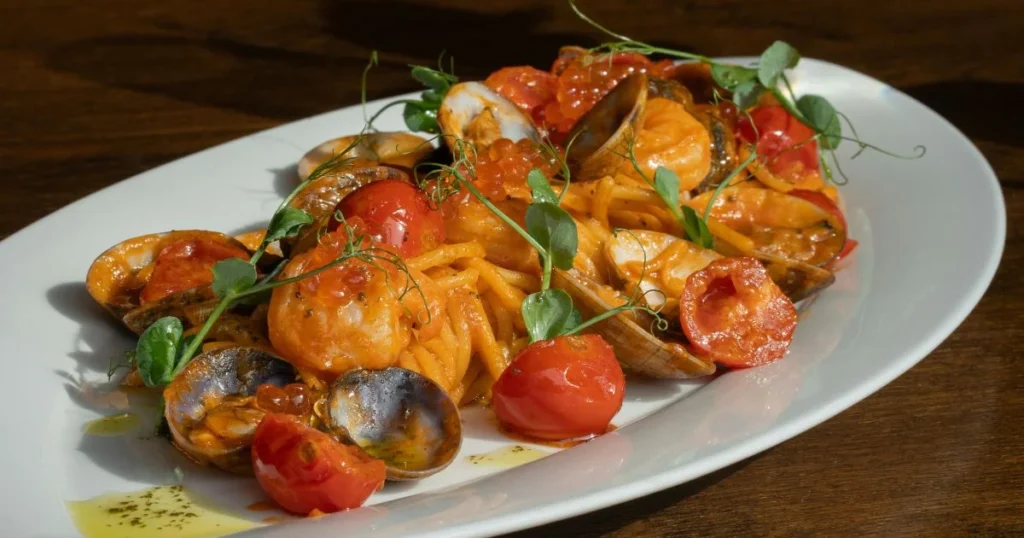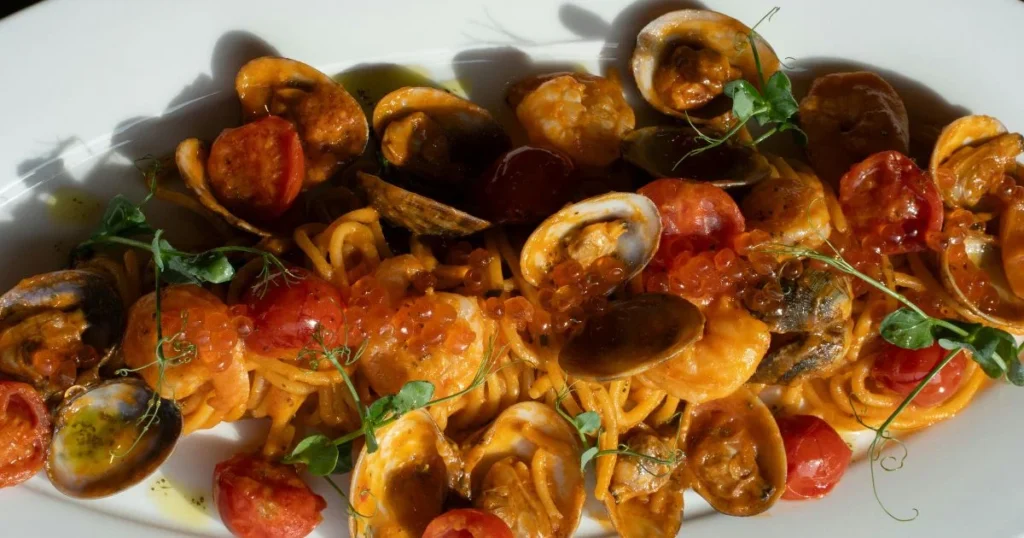Have you ever wondered what it would be like to dine like an emperor? Imagine sitting down to a feast that could have been served in the grand halls of ancient Rome. Today, we’re going to take a culinary journey back in time and explore how to cook five authentic ancient Roman recipes right in your own kitchen. Are you ready to bring history to life through food?
Table of Contents
Overview
Ancient Roman cuisine is not just about eating; it’s about experiencing a piece of history. These recipes are special because they offer a glimpse into the flavors and techniques used over two thousand years ago. Each dish can typically be prepared within 30 minutes to an hour, making them perfect for a quick yet impressive meal. The difficulty level varies from easy to moderately challenging, but with our step-by-step guide, even beginners will find success.
Essential Ingredients

To create these dishes, you’ll need some essential ingredients that were staples in ancient Roman kitchens. Key components include:
- Garum : A fermented fish sauce that was ubiquitous in Roman cooking 6. It adds depth and umami flavor.
- Spices : Spices such as saffron, ginger, cardamom, pepper, cumin, coriander, and cloves were commonly used 9.
- Olive Oil : This was a fundamental ingredient in Roman cooking, providing both flavor and nutrition.
- Honey and Vinegar : Sweet and sour combinations were popular, achieved using honey and vinegar 7.
For those who might not have access to traditional garum, Worcestershire sauce can serve as a decent substitute due to its salty, savory profile.
Step-by-Step Instructions
Let’s dive into the preparation of each recipe.
- Columella Salad
- Start by gathering fresh greens, herbs, and nuts.
- Dress the salad with a mixture of olive oil, vinegar, and honey.
- Toss gently to ensure all ingredients are evenly coated.
- Soft-Boiled Eggs in Pine-Nut Sauce
- Boil eggs until they reach your desired softness.
- Prepare the sauce by blending pine nuts, garlic, and a splash of garum or Worcestershire sauce.
- Pour the sauce over the eggs before serving.
- Lentils with Coriander
- Cook lentils according to package instructions.
- Season with coriander, cumin, and a touch of honey.
- Serve warm for a comforting side dish.
- Fried Veal Escalope with Raisins
- Pound veal slices thin and coat lightly in flour.
- Fry in olive oil until golden brown.
- Top with raisins soaked in wine for added sweetness.
- Nut Cake
- Mix ground nuts, honey, eggs, and spices.
- Bake in a preheated oven until set.
- Cool completely before slicing.
Assembly
Now that you’ve prepared each component, it’s time to assemble your meal. Arrange the Columella Salad on individual plates, place the Soft-Boiled Eggs in Pine-Nut Sauce alongside, and add a helping of Lentils with Coriander. For the main course, present the Fried Veal Escalope with Raisins attractively, perhaps garnished with fresh herbs. Finish off with slices of Nut Cake for dessert.
Presentation tips:
- Use vibrant colors to make your dishes pop.
- Garnish with edible flowers or fresh herbs for an authentic touch.
Storage and Make-Ahead Tips

Store leftover components separately in airtight containers in the refrigerator. Most dishes should last up to three days when stored properly. Reheat fried items in the oven for best results, ensuring they retain their crispiness.
Recipe Variations
Feel free to experiment with different spices or substitutions based on dietary preferences. For instance, vegetarians can replace meat dishes with additional vegetable options or legumes. Consider trying variations on the theme by incorporating local produce into classic recipes.
Conclusion
Cooking ancient Roman cuisine at home allows us to connect with our past while enjoying delicious meals today. By experimenting with these recipes, you open yourself up to new tastes and textures that may surprise and delight. So why wait? Gather your ingredients, roll up your sleeves, and let’s cook!
FAQs
Q: Is ancient Roman cuisine healthy? A: Many elements of ancient Roman cuisine focus on whole foods like grains, vegetables, fruits, and lean proteins, which contribute positively to health 5.
Q: Can I prepare these recipes ahead of time? A: Yes, many components can be prepared in advance. Refer to the storage section for guidance.
Q: What if I don’t have garum? A: Substituting garum with Worcestershire sauce works well, though purists may wish to try making their own garum for authenticity 6.
By following this guide, you’ll soon be serving up meals fit for a Caesar himself! Enjoy exploring the rich tapestry of flavors that ancient Roman cuisine has to offer.

